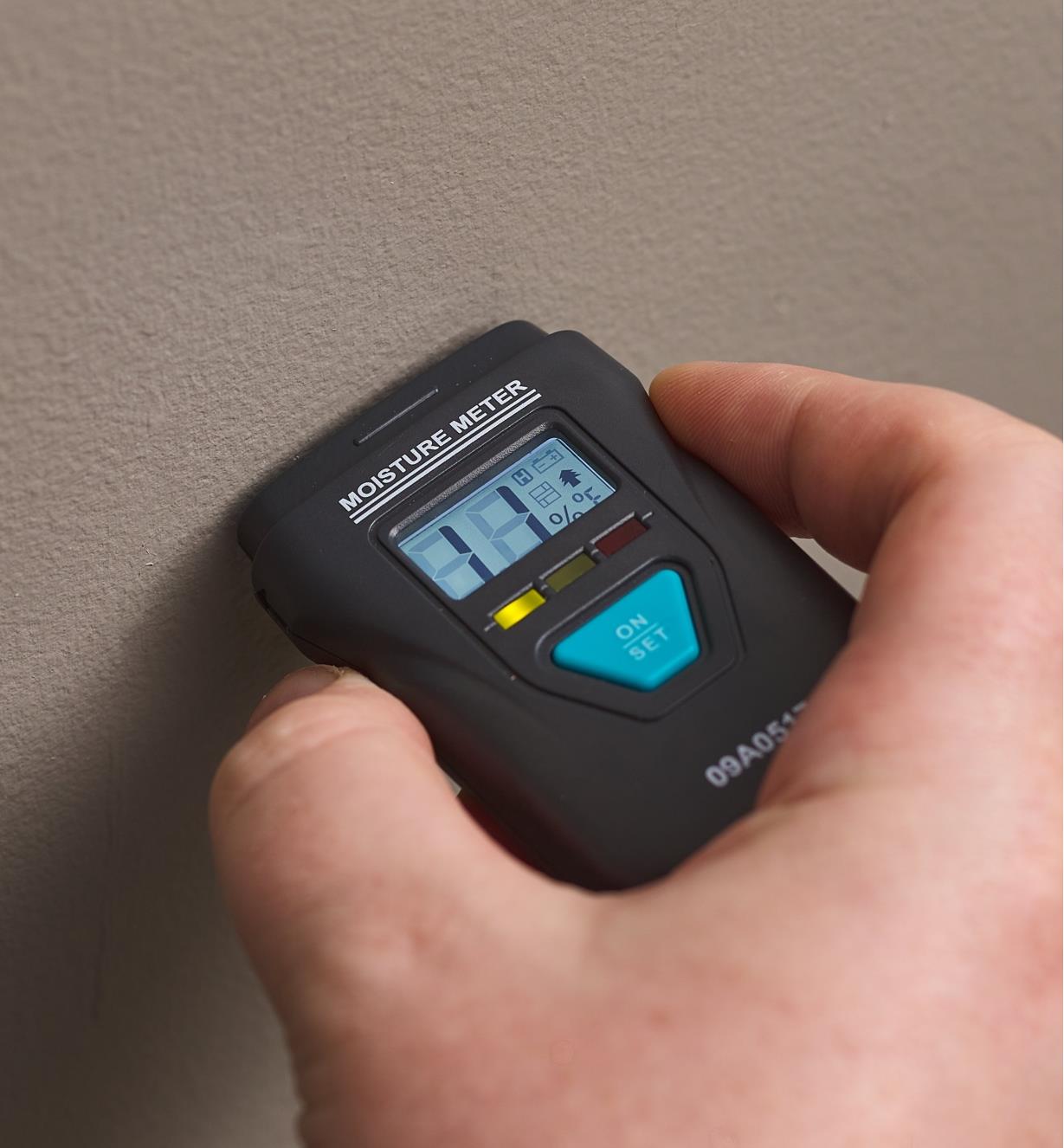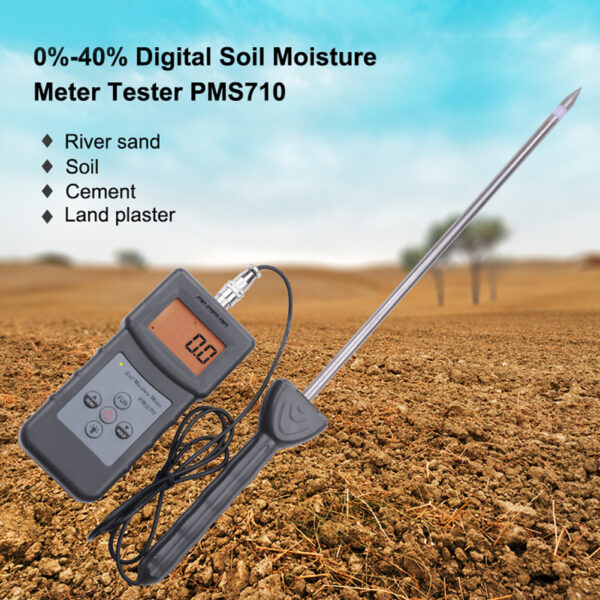Moisture Meter Acquiring Overview: What to Seek in High-Quality Instruments
Moisture Meter Acquiring Overview: What to Seek in High-Quality Instruments
Blog Article
The Ultimate Overview to Moisture Meters: A Comprehensive Summary and How They Can Conserve You Money
In the realm of structure maintenance, building and construction, and numerous markets, the relevance of properly determining moisture levels can not be overstated. Dampness meters offer as essential tools in identifying and keeping track of moisture content in materials, aiding in stopping expensive problems and ensuring the top quality of products. Recognizing the subtleties of different sorts of wetness meters, their applications, and the prospective cost-saving advantages they use can be a game-changer for businesses and specialists alike. Discovering how these gadgets can not only improve processes however additionally add to economic savings is a journey worth getting started on.
Sorts Of Moisture Meters
One typical type is the pin-type wetness meter, which measures the electric resistance between 2 pins placed right into a material. Pinless dampness meters, on the other hand, usage electro-magnetic sensor plates to check a bigger location without causing damage to the product's surface.
Moreover, there are also specialized moisture meters designed for particular products like hay, soil, or grain. These meters provide precise moisture analyses tailored to the one-of-a-kind properties of the material being tested. Infrared wetness meters determine the thermal homes of a material to establish its wetness content non-invasively, making them beneficial for applications where pin or pinless meters might not appropriate. Comprehending the different kinds of moisture meters available can aid markets select the most appropriate tool for their particular dampness measurement requirements.

Advantages of Utilizing Moisture Meters

In addition, making use of dampness meters can cause increased power performance. By determining locations with high dampness levels, such as leaks or poor insulation, modifications can be made to improve energy preservation and lower utility costs. In farming settings, dampness meters play a vital function in enhancing crop yields by making it possible for farmers to check dirt dampness degrees and make educated watering decisions. Generally, the benefits of making use of wetness meters span across numerous sectors, offering economical services and advertising far better top quality control techniques.
Just How to Pick the Right Moisture Meter
Choosing the ideal wetness meter includes thinking about crucial aspects such as material compatibility, dimension variety, and calibration precision. When picking a moisture meter, it's necessary to make certain that the meter appropriates for the certain material you will be screening. Various materials have differing electrical homes that can influence dampness analyses, so choosing a meter developed for your product is crucial for exact outcomes. Additionally, think about the dimension variety of the dampness meter. Guarantee that the meter can spot wetness degrees within the range needed for your applications. Calibration precision is an additional crucial variable to remember (Moisture Meter). Go with a moisture meter with dependable calibration to make certain consistent and exact readings. Some meters may need regular calibration changes, find out so recognizing the calibration procedure is vital. By carefully reviewing these aspects, you can select a wetness meter that meets your demands and supplies exact moisture measurements for your projects.
Proper Techniques for Moisture Meter Use
To guarantee precise dampness readings and maximize the efficiency of a moisture meter, employing appropriate methods is essential. When making use of a pin-type moisture meter, place the pins or probes right into the material being examined until they look these up make complete call. By following these correct techniques, users can count on their wetness meter to supply credible wetness degrees, aiding in preventing expensive damage or ensuring quality in numerous applications.

Expense Financial Savings Through Moisture Meter Applications
Just how can the critical usage of wetness meters lead to considerable expense savings across numerous markets? In the agriculture sector, wetness meters help in identifying the optimum time for collecting crops, protecting against over-drying or excess moisture that can influence the final item's high quality.

Additionally, in the food handling industry, dampness meters are essential for monitoring product high quality and guaranteeing conformity with security policies. By properly measuring wetness material in food items, producers can protect against putridity, preserve quality, and lower waste, causing substantial cost financial savings. In general, the tactical application of dampness meters is a valuable investment that can bring about substantial expense reductions and boosted effectiveness throughout different sectors.
Final Thought
In final thought, wetness meters are useful tools for discovering and gauging moisture degrees in different products. By utilizing the right moisture meter and following correct methods, users can properly avoid costly damages caused by excess wetness.
Wetness meters serve as crucial devices in identifying and monitoring moisture content in materials, assisting in preventing expensive damages and guaranteeing explanation the high quality of items. Infrared dampness meters measure the thermal properties of a product to determine its wetness material non-invasively, making them helpful for applications where pin or pinless meters may not be ideal.Dampness meters use invaluable advantages in accurately keeping track of and analyzing moisture levels in varied products and environments. In agricultural setups, wetness meters play an important role in maximizing plant yields by allowing farmers to keep an eye on dirt moisture levels and make notified irrigation choices.In verdict, wetness meters are beneficial devices for measuring and identifying moisture degrees in numerous materials.
Report this page